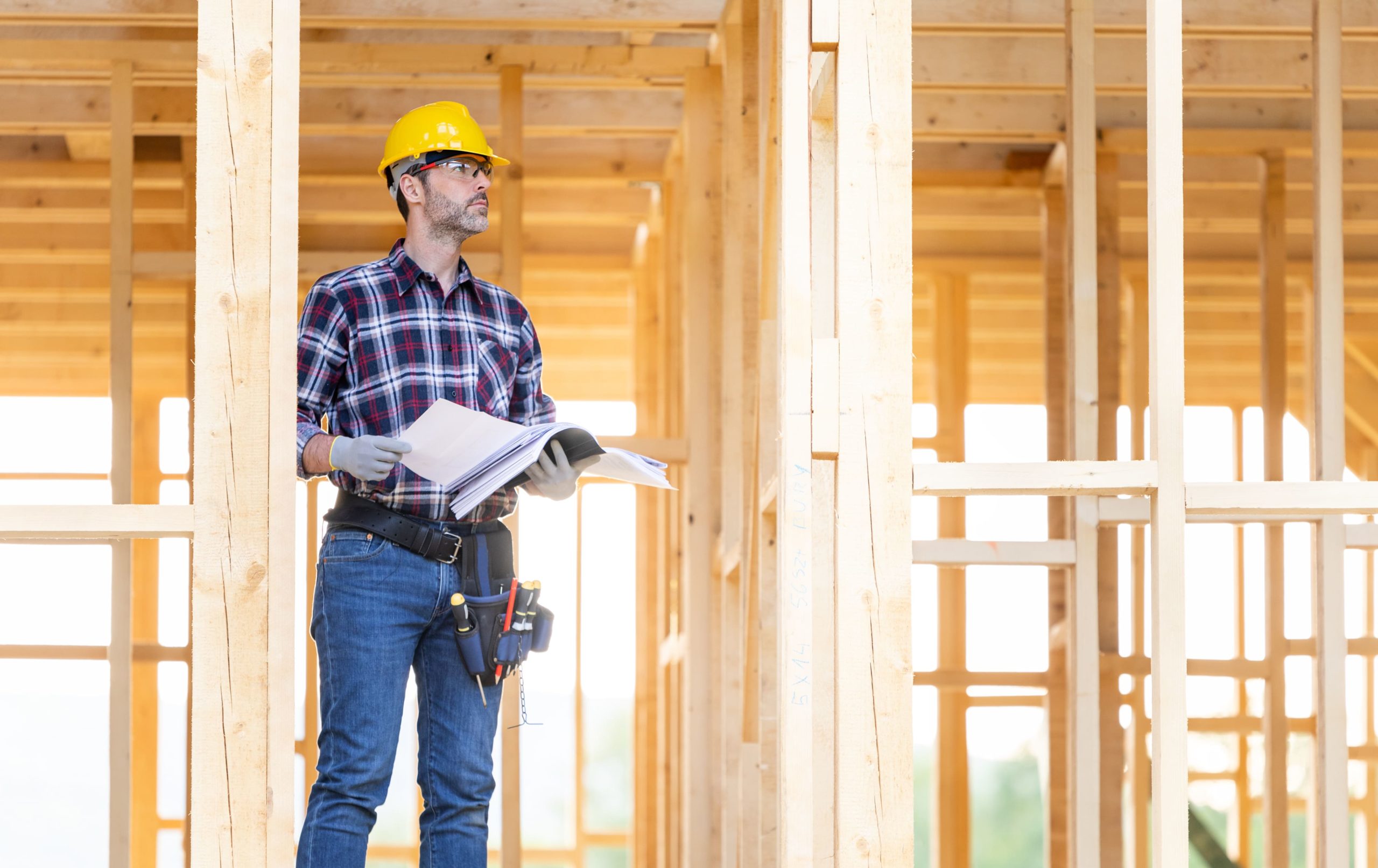With quick building times and little environmental impact, wooden skyscrapers could prove invaluable to the future of urban architecture, but first people will have to be convinced of their safety.
The world’s population is becoming increasingly urbanised. 83% of UK residents live in cities, and the population of London is expected to be almost 10 million by 2025. With increasing numbers of people living in cities, more housing is needed to accommodate them. Thankfully, in the UK, greenbelts prevent cities from spreading too far into the countryside, so the only option is to build up – hello, skyscrapers. Traditional steel and concrete skyscrapers are slow to build and damaging to the environment. The building process causes a great deal of pollution, as do the vehicles needed to transport the materials. The amount of time they take to build also means that urban areas are disrupted by noise and obstacles for long periods of time. Wooden skyscrapers, however, are faster to build and have drastically less environmental impact. Several already exist, but what does the future hold?
Can we turn a handful of seeds into a skyscraper?
In 2008 Thistleton Waugh Architects completed Murray Grove in Hackney, London. The 9 story building is constructed entirely from cross laminated timber, a strengthened form of wood. Speaking to Wired, architect Andrew Waugh boasts that ‘I can hold the number of tree seeds it took to build Murray Grove in my palm.’

In fact, you wouldn’t necessarily know Murray Grove was made from timber as the cladding on the outside looks remarkably similar to other skyscrapers’. The only difference is that Murray Grove’s cladding is made from lightweight wood-pulp rather than traditional cladding materials.
Wooden buildings are environmentally friendly because they act as huge CO2 stores, locking up the carbon dioxide rather than releasing it into the atmosphere. According to architect Michael Green’s report ‘The Case for Tall Wood Buildings , one cubic metre of wood can capture a tonne of CO2. The Guardian puts this into context : ‘While a 20-storey wooden building sequesters about 3,100 tonnes of carbon, the equivalent-sized concrete building pumps out 1,200 tonnes. That net difference of 4,300 tonnes is the equivalent of removing 900 cars from the city for a year.’
The idea is catching on. The 14 story Treet building in Norway is currently the tallest but it will soon be dwarfed by much taller wooden skyscrapers in Chicago, Vancouver and Stockholm.
Are they safe?
Environmentally, wooden skyscrapers are clearly an improvement on their concrete and steel counterparts. However, many people would feel uneasy living in a wooden building, assuming it to be highly flammable. This is far from true. Fire-resistant lacquer and concrete layers between floors can make the buildings virtually fireproof. They can also be fitted with the latest sprinkler systems to further reduce the risk.
Michael Ramage from the Centre for Natural Material Innovation at the University of Cambridge responds to concerns about woodworm and rot, saying that ‘If you don’t look after it, steel and concrete will fail just as quickly as timber.’ He also points out that, in cities such as London, wooden buildings would help to reduce noise pollution. This is because ‘for every lorry delivering timber for a wooden building, five lorries would be needed to deliver concrete and steel.’
Wooden buildings are just as safe and sturdy as those made from concrete and steel and the environmental benefits are huge. We need to embrace them as the future of urban architecture.
As our world grows, we have to work to find alternative ways to house our swelling population. If you are innovating in this space, you could be eligible to claim R&D Tax Credits and get up to 33% of your costs back. Best of all – even if your project failed, you can still claim on it. The application process can be daunting. You’ll need to present a robust case to HMRC and back it up with detailed evidence, but that’s where we help. We have a dedicated team of specialists to help guide you through the application process and reclaim the maximum amount of money possible so you can continue helping shape the future.
Get in touch – the sky’s the limit when you claim R&D Tax Credits.






